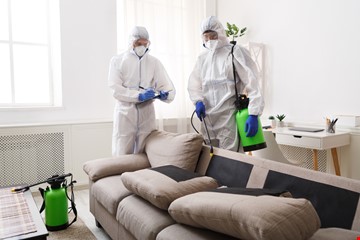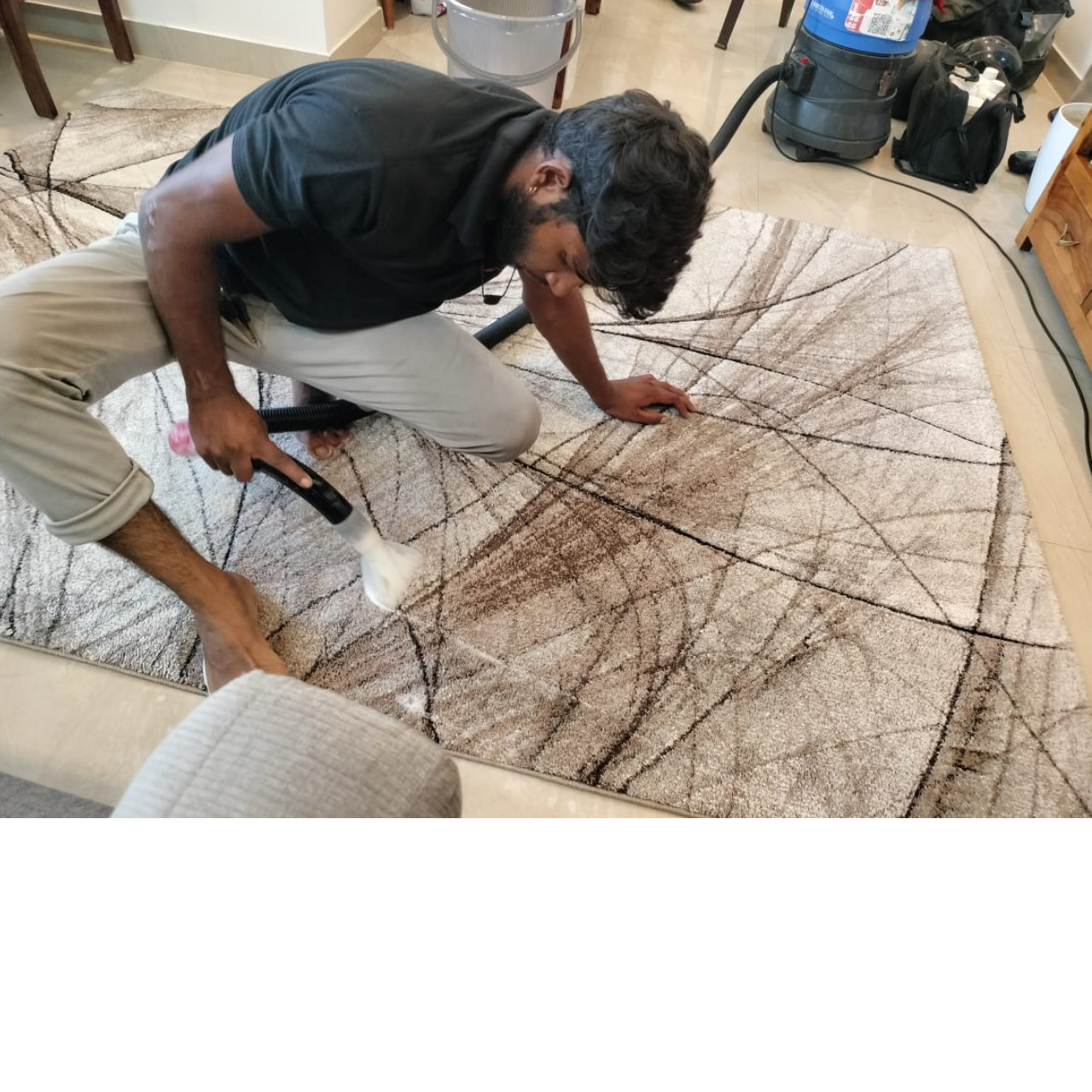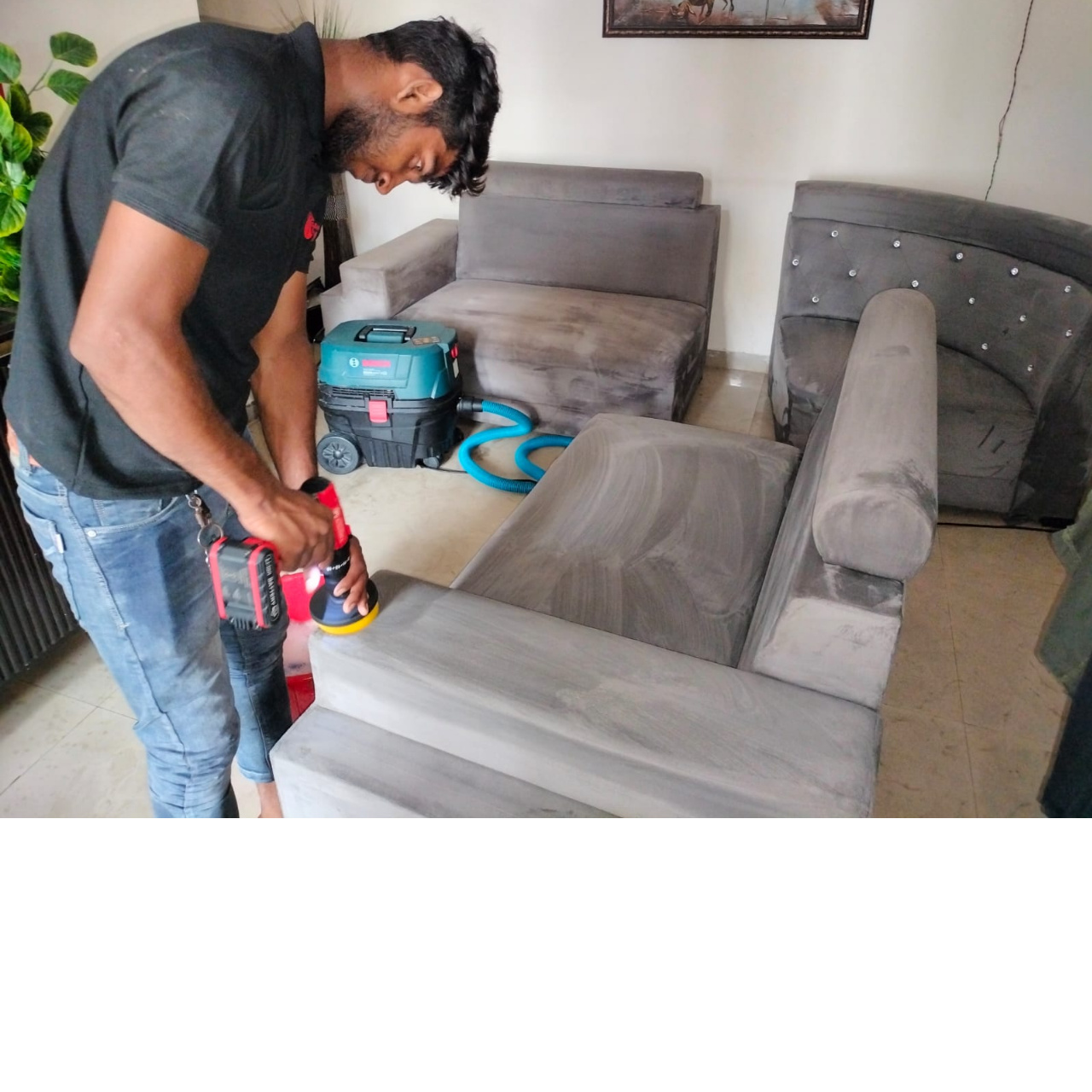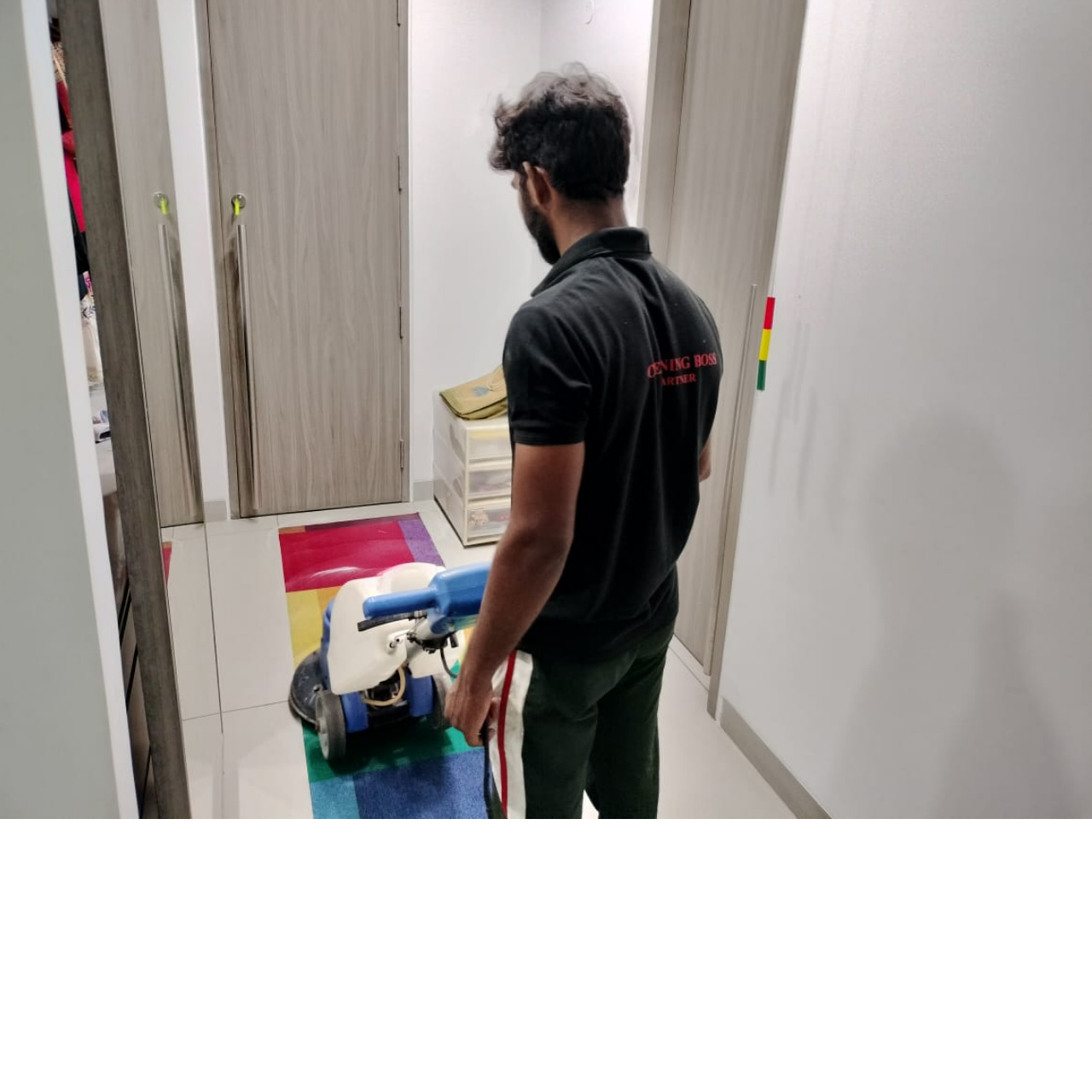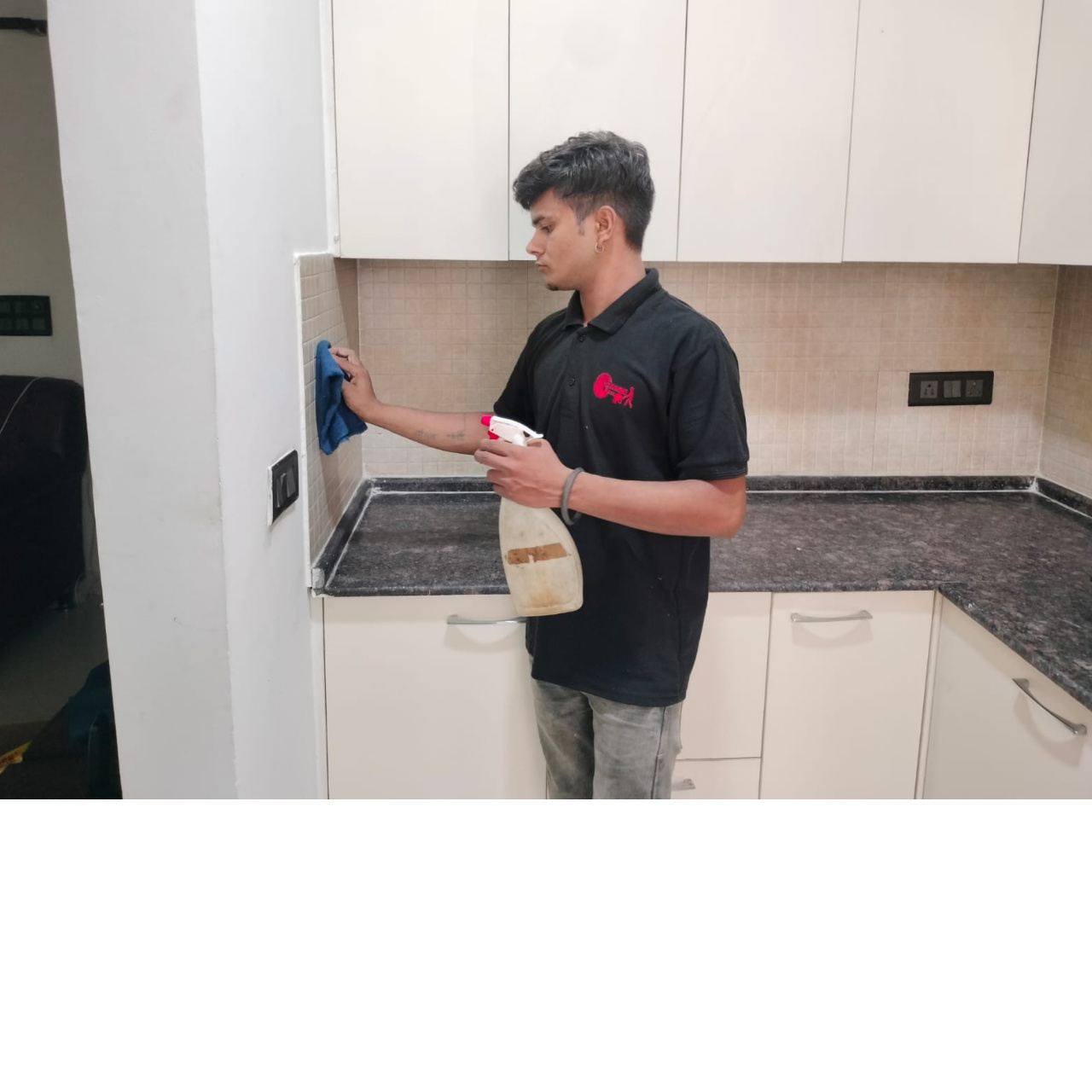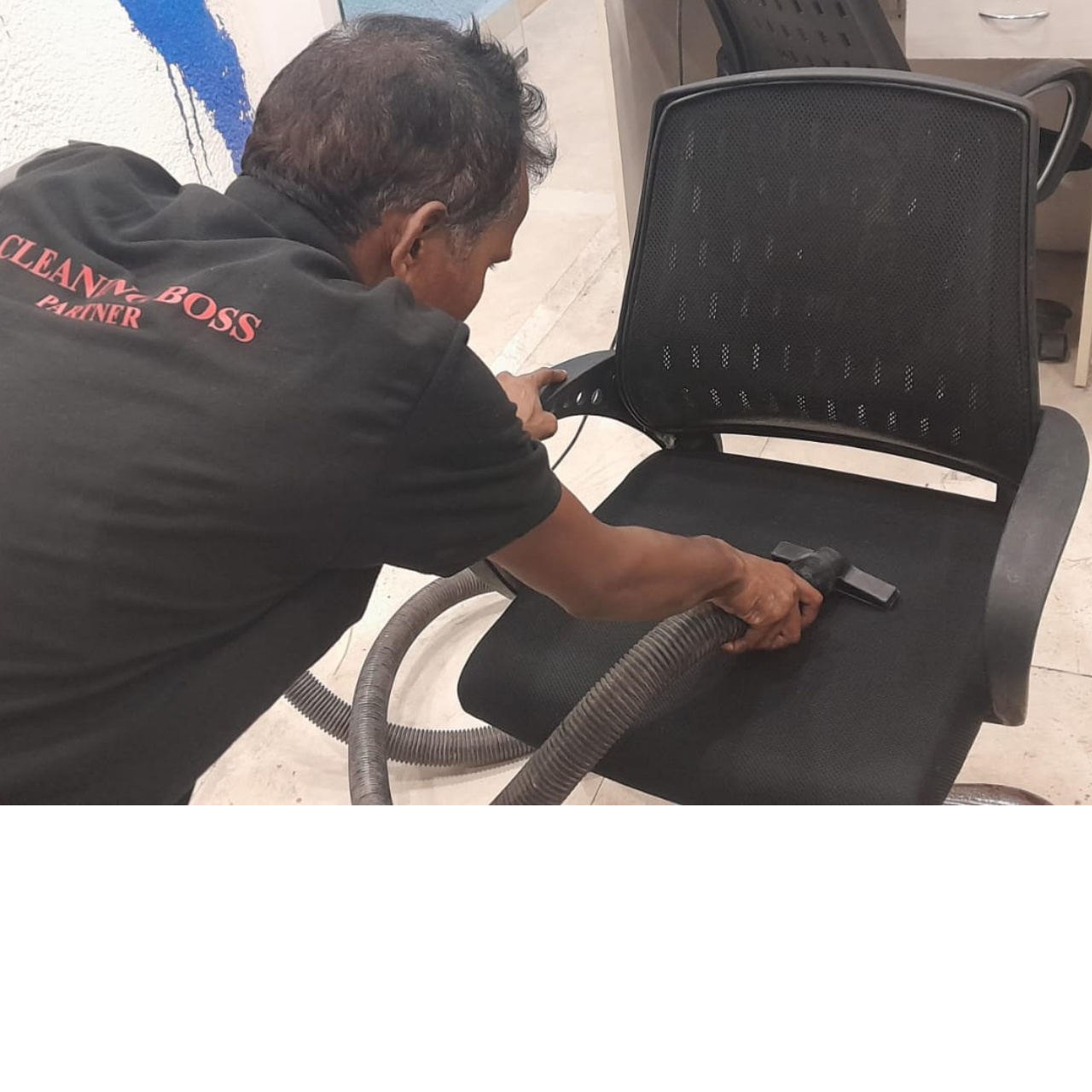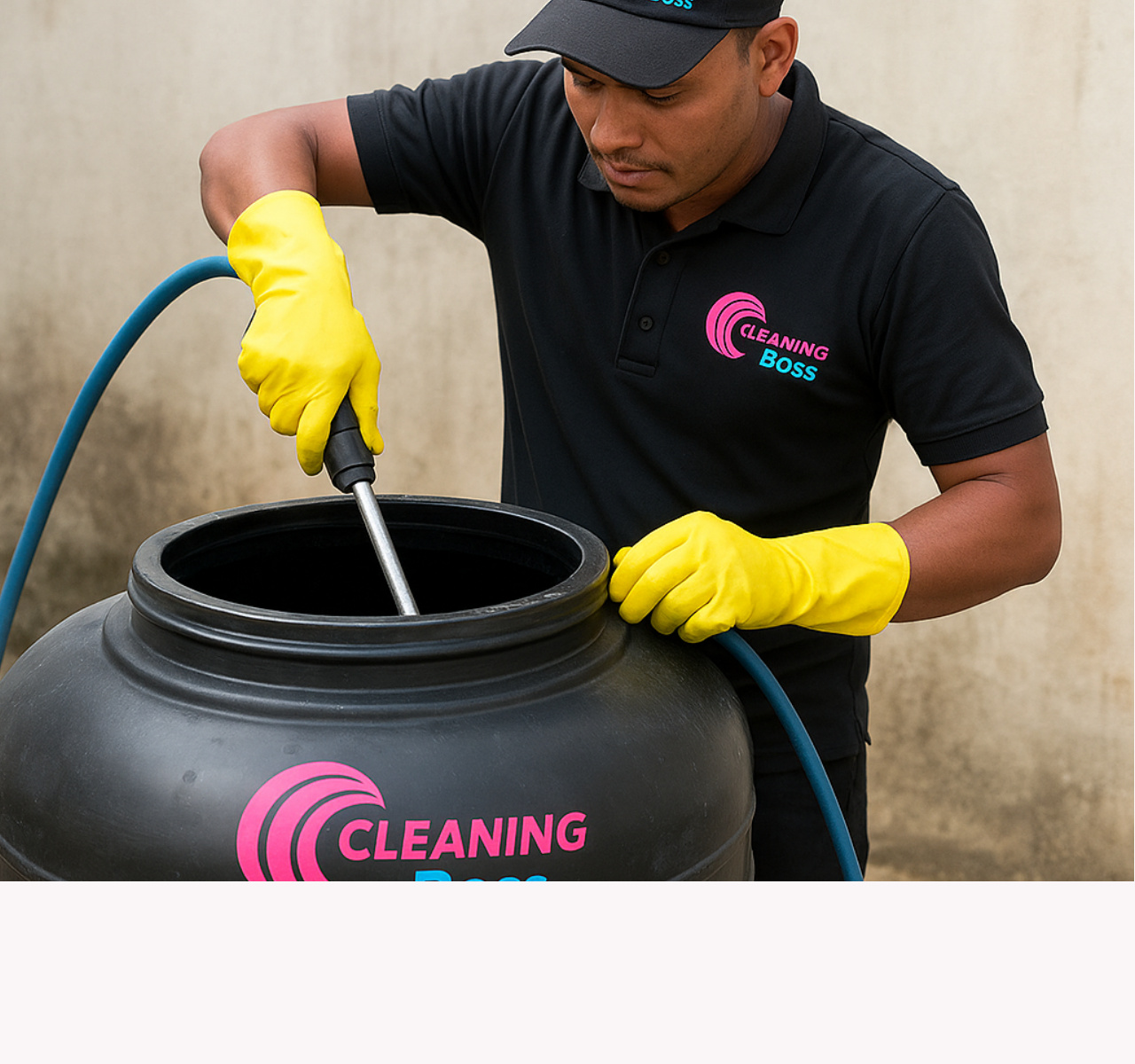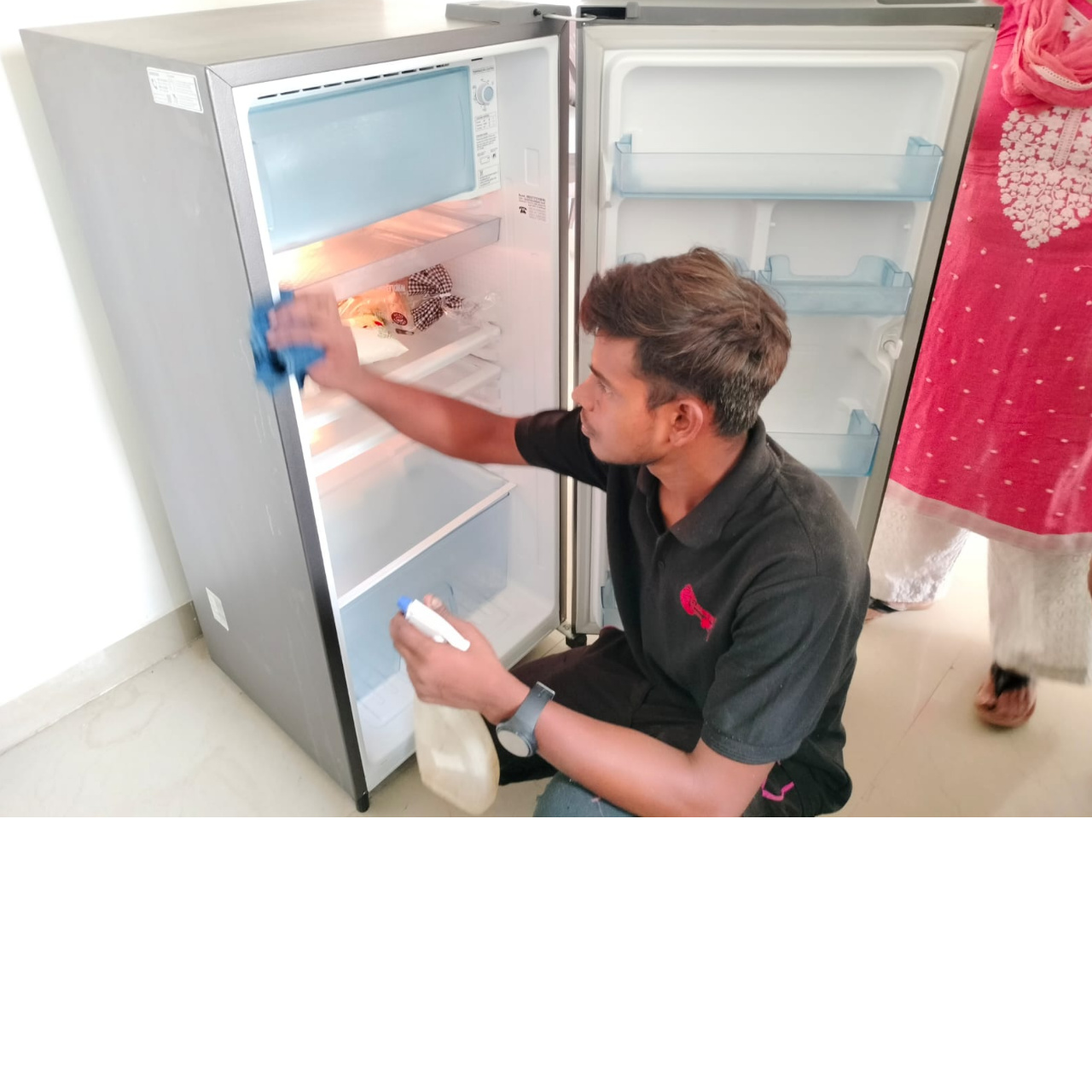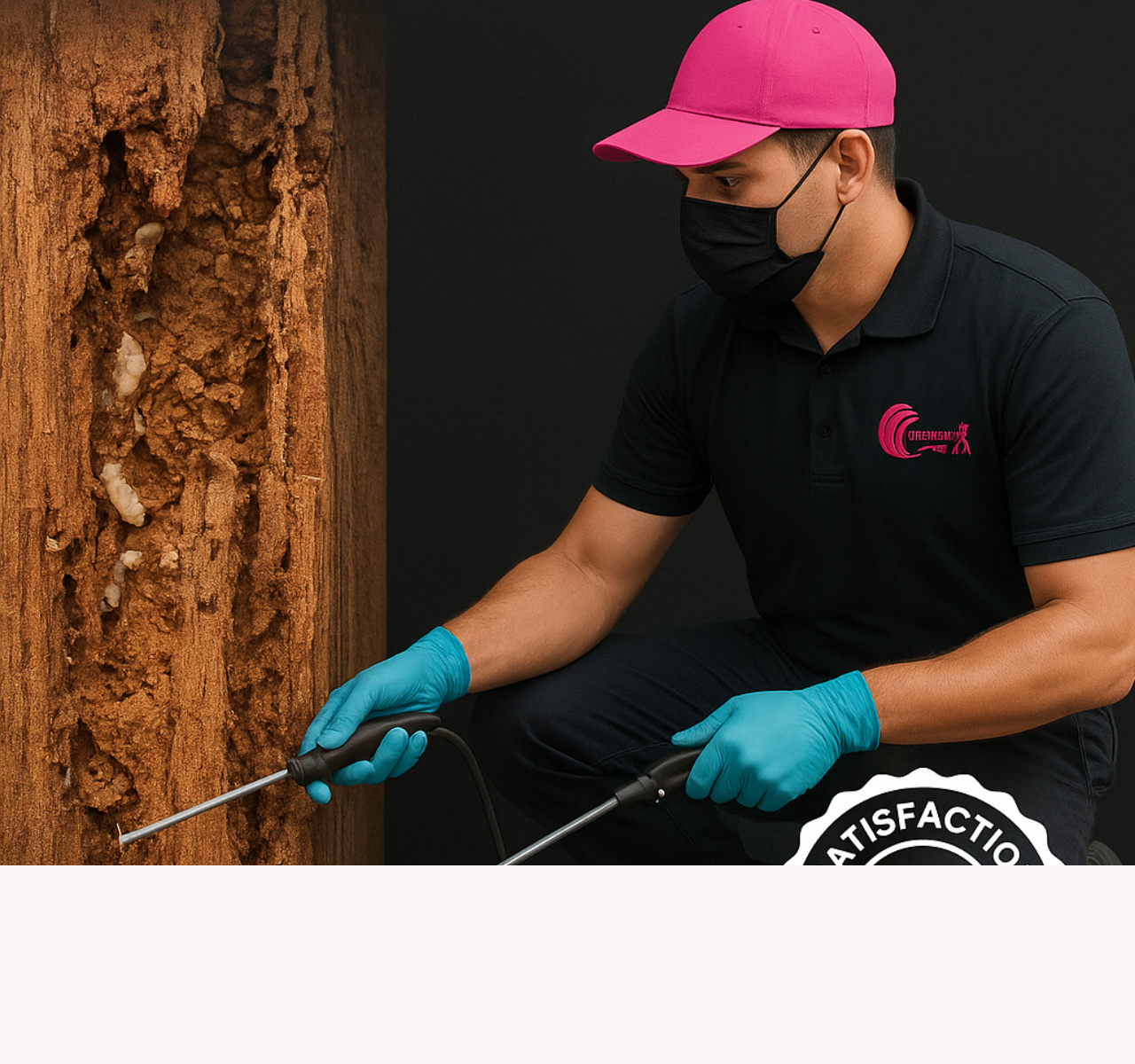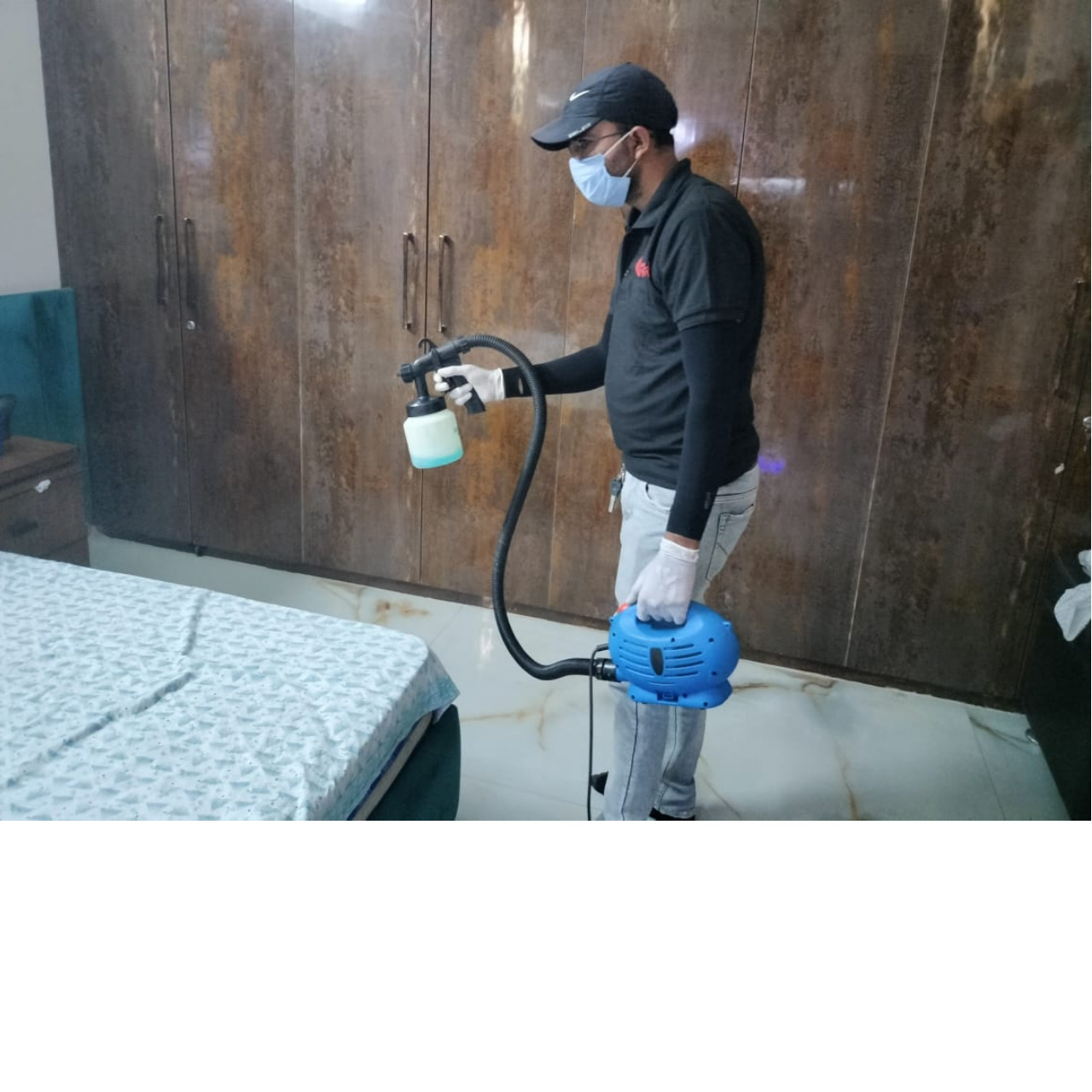Sanitizations Service Services in Gurgaon
What is the need for Disinfection and Sanitization Services?
Ensuring a Clean and Healthy Environment
In today's world, the importance of cleanliness and hygiene has never been more evident. With the constant threat of infectious diseases and the need to maintain a safe and healthy living and working environment, sanitization services have become a crucial aspect of our lives. These services play a pivotal role in safeguarding public health, preventing the spread of illnesses, and maintaining the overall well-being of communities.
Sanitization services encompass a wide range of activities and processes designed to eliminate or reduce the presence of harmful microorganisms, pathogens, and contaminants in various settings, such as homes, offices, healthcare facilities, schools, public spaces, and more. These services are not limited to simply cleaning surfaces but involve comprehensive approaches aimed at disinfecting and sterilizing environments to ensure they are safe and sanitary for inhabitants.
Key Components of Sanitization Services:
Thorough Cleaning: Sanitization begins with a thorough cleaning process. All surfaces, including floors, walls, ceilings, furniture, and fixtures, are meticulously cleaned to remove dirt, dust, and debris. This initial step is essential because it helps ensure that disinfectants can effectively penetrate and destroy harmful microorganisms.
Disinfection: After cleaning, the next crucial step is disinfection. Specialized disinfectants and sanitizing agents are applied to surfaces, equipment, and high-touch areas to kill or neutralize bacteria, viruses, fungi, and other pathogens. Proper disinfection methods and dwell times are critical to achieving effective results.
Use of Advanced Equipment: Sanitization services often employ cutting-edge equipment, such as electrostatic sprayers, ultraviolet (UV) light devices, and ozone generators, to enhance the effectiveness of the disinfection process. These tools ensure that every nook and cranny is reached and sanitized.
Customized Approaches: Sanitization services tailor their methods to the specific needs of each environment. For instance, healthcare facilities may require stricter protocols compared to offices or homes. The choice of disinfectants and techniques also varies based on the surfaces and materials present.
Safety Measures: Safety is paramount in sanitization services. Professionals are trained to handle disinfectants and equipment safely to protect both themselves and the occupants of the sanitized space. Proper personal protective equipment (PPE) is utilized to minimize any risks.
Eco-Friendly Options: Many sanitization services are now offering eco-friendly disinfection solutions that are effective against pathogens but safe for the environment. These green alternatives are an excellent choice for those who are environmentally conscious.
Regular Maintenance: Sanitization is an ongoing process. Regular maintenance schedules are established to ensure that spaces remain sanitized and safe. This is especially crucial in high-traffic areas or environments where infection control is paramount.
Compliance with Regulations: Sanitization services are well-versed in local and national regulations related to hygiene and safety. They stay up-to-date with evolving guidelines and ensure that their practices align with the latest standards.
Why do you choose professionals for Disinfection and Sanitization Services
Choosing professionals for disinfection and sanitization services is essential for several unique reasons:
Expertise in Product Selection: Professionals are well-versed in choosing the right disinfectants and sanitizers for specific settings. They understand the unique requirements of different environments, whether it's a healthcare facility, a restaurant, an office, or a home. They consider factors like the type of pathogens present, the surfaces to be treated, and any regulations or guidelines in place.
Proper Application Techniques: Professionals have the training and experience to apply disinfectants and sanitizers correctly. They know the appropriate concentration levels, contact times, and application methods (spraying, wiping, fogging, etc.) to ensure effective sanitation without damaging surfaces.
Safety Measures: Disinfection and sanitization often involve the use of chemicals that can be hazardous if mishandled. Professionals are trained to follow safety protocols, use personal protective equipment (PPE), and ensure the safety of occupants during and after the process.
Compliance with Regulations: In some industries, such as healthcare and food service, there are strict regulations governing disinfection and sanitization. Professionals are knowledgeable about these regulations and can ensure that your facility meets all compliance requirements.
Comprehensive Solutions: Professional disinfection and sanitization services often provide comprehensive solutions that go beyond just applying chemicals. They may offer additional services like air purification, mold remediation, and preventive maintenance to create a healthier and safer environment.
Customized Plans: Professionals can create customized disinfection and sanitization plans tailored to your specific needs and the unique challenges of your space. They can assess risk factors and develop strategies to mitigate them effectively.
Access to Advanced Equipment: Many professional disinfection services have access to state-of-the-art equipment, such as electrostatic sprayers and UV-C germicidal lamps, which can enhance the effectiveness of the sanitization process.
Time and Resource Efficiency: Hiring professionals can save you time and resources. They have the manpower and equipment to complete the job quickly and efficiently, allowing you to focus on your core business or personal activities.
Peace of Mind: Knowing that experts are handling the disinfection and sanitization of your space can provide peace of mind. You can trust that they will do the job right, reducing the risk of contamination and the spread of infectious diseases.
Accountability: Professional disinfection services often offer warranties or guarantees for their work. If any issues arise, they can be held accountable and may return to address them at no additional cost.
The Process of Effective Disinfection and Sanitizing for Home and Office Spaces
Maintaining a clean and safe environment is paramount in both home and office settings. Disinfection and sanitizing processes play a pivotal role in achieving this goal, ensuring the well-being of occupants and minimizing the spread of illnesses. In this guide, we will explore unique and effective methods for disinfecting and sanitizing home and office spaces.
1. Understanding the Difference Between Cleaning, Disinfecting, and Sanitizing
Cleaning, disinfecting, and sanitizing are distinct processes. Cleaning removes dirt and debris, while disinfecting eliminates harmful microorganisms, and sanitizing reduces their numbers to a safe level. A thorough cleaning should always precede disinfection and sanitizing.
2. Eco-Friendly Disinfectants
In an age of environmental awareness, choosing eco-friendly disinfectants is crucial. Look for products that use natural ingredients like vinegar, hydrogen peroxide, or essential oils, as they effectively kill germs without harming the environment.
3. UV-C Sanitization Devices
Ultraviolet-C (UV-C) light devices are a cutting-edge solution for sanitizing both homes and offices. These devices emit UV-C rays that can kill bacteria and viruses on surfaces and in the air. They are especially useful for disinfecting frequently touched objects and indoor air.
4. Steam Cleaning
Steam cleaning is a chemical-free method that uses high-temperature steam to kill bacteria and remove grime. It's an excellent choice for sanitizing upholstery, carpets, and hard-to-reach areas.
5. Electrostatic Sprayers
Electrostatic sprayers use an electric charge to evenly disperse disinfectant solutions on surfaces. This method ensures comprehensive coverage, making it highly effective for large office spaces.
6. Smart Sanitizing Systems
Smart technology has infiltrated the disinfection world. Some devices are equipped with sensors to detect high-traffic areas and sanitize them automatically. Such systems are beneficial in busy office environments.
7. Proper Ventilation
In both homes and offices, proper ventilation is essential. Ensure your spaces are well-ventilated to reduce the concentration of indoor pollutants and enhance overall air quality. Consider air purifiers with HEPA filters for added protection.
8. Routine Cleaning Schedules
Consistency is key. Establish regular cleaning schedules for both home and office spaces. Encourage employees to maintain a clean workspace by providing them with disinfecting wipes and hand sanitizers.
9. High-Touch Surfaces
Pay special attention to high-touch surfaces such as doorknobs, light switches, and shared equipment. These areas require more frequent disinfection to prevent the spread of germs.
10. Education and Training
In office settings, educate employees about proper hygiene practices and the importance of maintaining a clean workspace. Regular training sessions can help instill good habits.
Safety practices followed by sanitization team
Safety practices followed by a sanitization team are crucial to protect the health and well-being of both the team members and the individuals in the spaces being sanitized. These practices can vary depending on the type of sanitization being performed (e.g., cleaning a home, sanitizing a healthcare facility, or disinfecting a public space), but some common safety practices include:
Personal Protective Equipment (PPE):
Team members should wear appropriate PPE, including gloves, masks, eye protection (goggles or face shields), and disposable or full-body protective suits if necessary. The choice of PPE may depend on the level of exposure risk.
Training and Education:
Team members should be trained on proper sanitization techniques, the correct use of disinfectants and chemicals, and safety protocols. Regular updates and refreshers on safety procedures are essential.
Risk Assessment:
Before starting the sanitization process, the team should conduct a risk assessment to identify potential hazards and establish control measures to mitigate these risks.
Ventilation:
Ensure adequate ventilation in the sanitization area to help disperse airborne particles and fumes from cleaning products. Open windows and use exhaust fans if possible.
Chemical Handling:
Use chemicals and disinfectants as recommended by the manufacturer's instructions.
Store chemicals in a secure location, away from food, and in accordance with safety data sheets (SDS).
Avoid mixing different chemicals unless instructed by the manufacturer, as this can produce harmful fumes.
Proper Hand Hygiene:
Team members should practice frequent handwashing with soap and water for at least 20 seconds or use hand sanitizer with at least 60% alcohol.
Avoid Touching the Face:
Team members should avoid touching their face, eyes, nose, and mouth with contaminated gloves or hands.
Disposal of PPE and Waste:
Dispose of used PPE, cleaning materials, and waste in accordance with local regulations and guidelines. Use designated disposal containers.
Physical Distancing:
Maintain physical distancing guidelines whenever possible, especially in areas where multiple team members are working.
Monitoring Health:
Team members should monitor their health regularly and report any symptoms of illness. If anyone feels unwell or displays COVID-19 symptoms, they should self-isolate and seek medical advice.
Emergency Procedures:
Ensure that team members are familiar with emergency procedures, such as what to do in case of accidental exposure to hazardous materials or chemicals.
Reporting and Communication:
Encourage open communication within the team. Encourage team members to report any unsafe conditions or incidents immediately to supervisors or management.
Compliance with Regulations:
Ensure that the sanitization team complies with all relevant safety and health regulations, including those set by local, state, and federal authorities.
Regular Disinfection of Equipment:
Sanitization equipment, such as sprayers and wiping tools, should be regularly disinfected to prevent cross-contamination.
Post-Sanitization Checks:
After completing the sanitization process, conduct checks to ensure that all areas have been properly sanitized, and nothing has been missed.
Get in touch with us for the Best and Affordable Termite Sanitizations Service Services in Gurgaon For more information contact Cleaning Boss on given website numbers...
